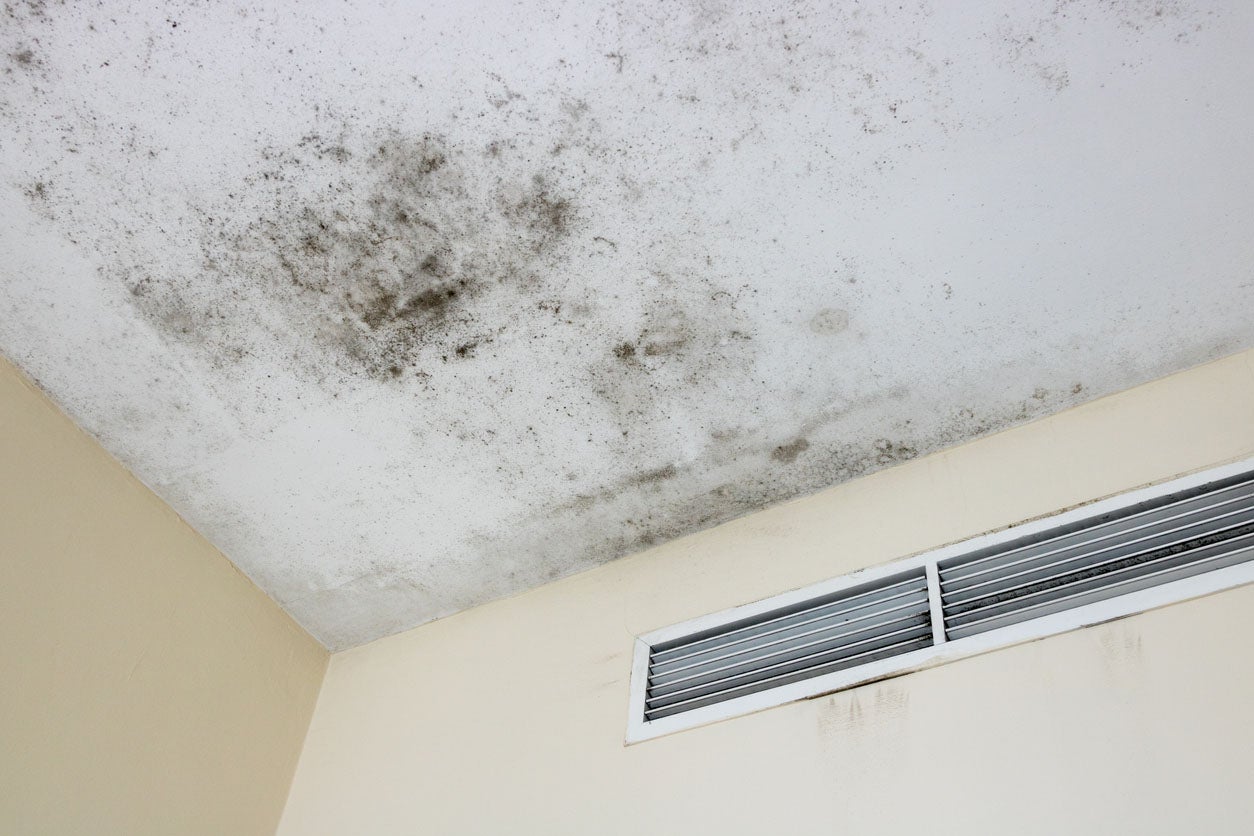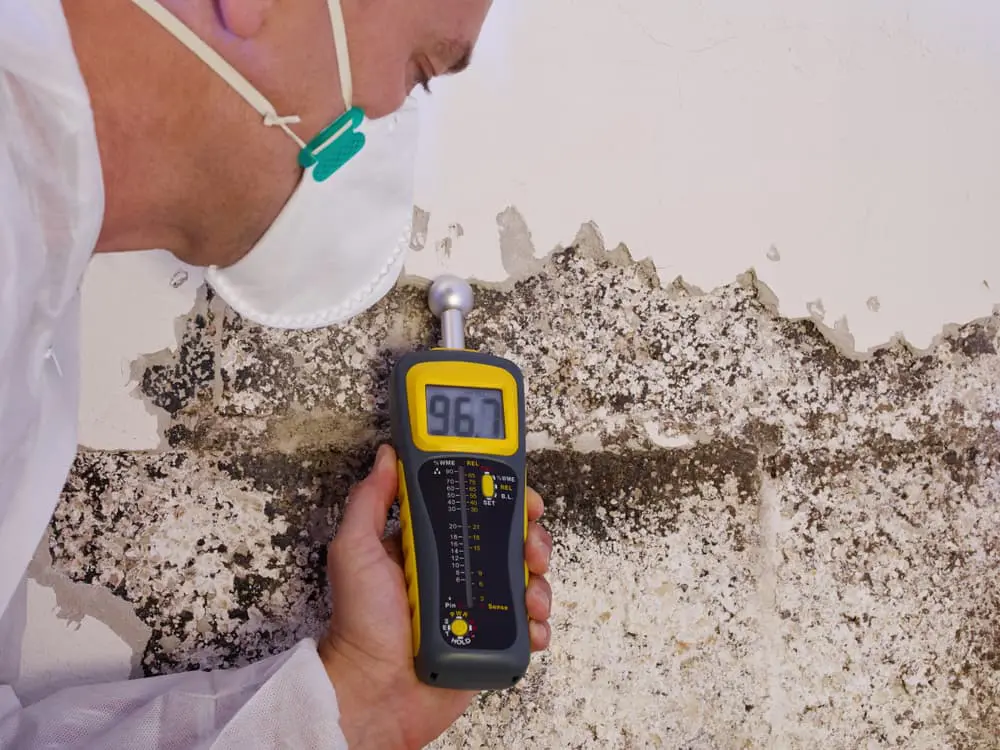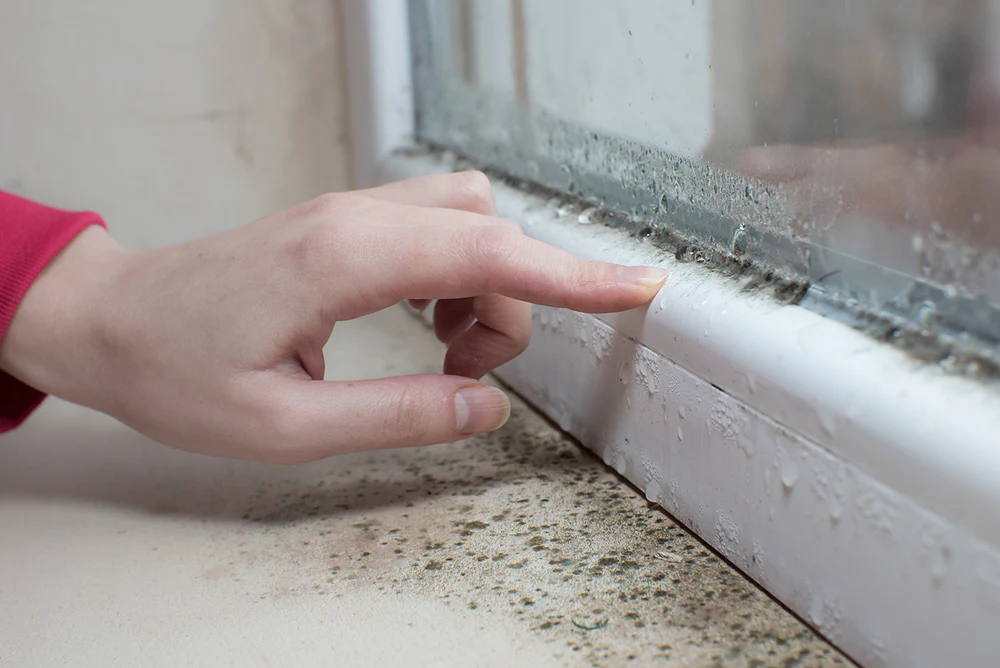Mold infestations are a nightmare for homeowners, not just because of their unsightly appearance but also due to the health risks they pose. One natural solution often suggested is sunlight. But can sunlight truly kill mold, or is this just a myth? This article dives deep into the science behind sunlight’s effect on mold, how UV rays work, and the most effective strategies for mold prevention and removal.
Does Sunlight Kill Mold? The Science Behind UV Rays

The short answer is: Yes, sunlight can kill mold, but its effectiveness depends on several factors. Sunlight contains ultraviolet (UV) rays, which can damage the DNA of mold spores, effectively rendering them inactive. However, the level of UV exposure, duration, and environmental conditions play a crucial role in determining its effectiveness.
How UV Rays Work Against Mold
- UV-C Radiation: This specific type of UV ray has the highest germicidal effect, breaking down the cellular structure of mold spores.
- Duration of Exposure: Mold requires prolonged exposure to UV rays for complete deactivation.
- Direct Light: Sunlight must directly hit the mold to be effective, as UV rays cannot penetrate surfaces or shaded areas.
Factors That Impact Sunlight’s Effectiveness on Mold

Not all mold is created equal, and several factors determine how well sunlight can eliminate mold spores:
- Mold Type: Some molds, like black mold (Stachybotrys chartarum), are more resistant to UV light.
- Environmental Conditions: High humidity or moisture can shield mold from the drying effects of sunlight.
- Surface Type: Porous surfaces (e.g., wood, drywall) may harbor mold beneath the surface where sunlight cannot reach.
Table: Effectiveness of Sunlight on Common Mold Types
| Mold Type | Sunlight Susceptibility | Notes |
|---|---|---|
| Black Mold (Stachybotrys) | Low | Requires prolonged exposure; thrives in damp environments. |
| Aspergillus | Moderate | Dries out with direct sunlight but may persist in shaded areas. |
| Cladosporium | High | Quickly deactivates with direct UV exposure. |
| Penicillium | Moderate | Dries out with consistent UV light; thrives in cooler conditions. |
Can Sunlight Prevent Mold Growth?
While sunlight can help kill existing mold, it’s even more effective as a preventive measure. Mold thrives in dark, damp spaces, so increasing natural light in your home can reduce the risk of mold development. Here’s how:
- Open curtains and blinds during the day to let in natural light.
- Use skylights or solar tubes to brighten dark areas like basements.
- Move furniture away from walls to allow sunlight to reach hidden areas.
How to Use Sunlight Effectively to Combat Mold

Step 1: Identify Mold-Affected Areas
Check for visible mold growth in areas like windowsills, basements, bathrooms, and closets. Pay attention to damp or humid spots.
Step 2: Expose Mold to Direct Sunlight
- Move furniture or items outdoors for direct sunlight exposure.
- Open windows to allow sunlight into mold-prone areas.
- Use mirrors or reflective surfaces to direct light into shaded spots.
Step 3: Combine Sunlight with Other Methods
While sunlight can kill mold on the surface, combining it with these techniques ensures thorough removal:
- Clean surfaces with a vinegar or hydrogen peroxide solution.
- Use a HEPA vacuum to remove spores from carpets and upholstery.
- Install UV-C lamps in HVAC systems for continuous air purification.
Limitations of Using Sunlight for Mold Removal
Despite its effectiveness, sunlight has its limitations:
- Does not penetrate porous surfaces where mold may hide.
- Requires consistent and prolonged exposure for best results.
- Not effective in areas with limited natural light or during cloudy weather.
For severe mold infestations, professional remediation is necessary. Contact Citywide Mold Mitigation for expert assistance.
FAQs About Sunlight and Mold
| Question | Answer |
|---|---|
| Does sunlight kill all types of mold? | Not all molds are equally susceptible to sunlight. Black mold is more resistant, while molds like Cladosporium are more easily deactivated. |
| How long does mold need to be exposed to sunlight to die? | Mold requires several hours of direct UV exposure to become inactive, depending on its type and environmental conditions. |
| Can sunlight prevent mold from growing? | Yes, increasing natural light in your home can reduce the damp, dark conditions mold needs to thrive. |
| Is sunlight a reliable method for large mold infestations? | Sunlight is best used as a complementary method. Large infestations require professional remediation. |
| Can UV lamps replace sunlight for mold removal? | Yes, UV-C lamps are specifically designed to kill mold spores and can be used indoors in areas where sunlight cannot reach. |
Conclusion: The Role of Sunlight in Mold Control
Sunlight is a natural, effective tool for killing mold and preventing its growth when used correctly. However, it has its limitations and works best in combination with other mold removal and prevention methods. For comprehensive solutions to mold problems, trust Citywide Mold Mitigation. Whether you need expert remediation or tips for mold prevention, we’re here to help you create a safe, mold-free environment.

